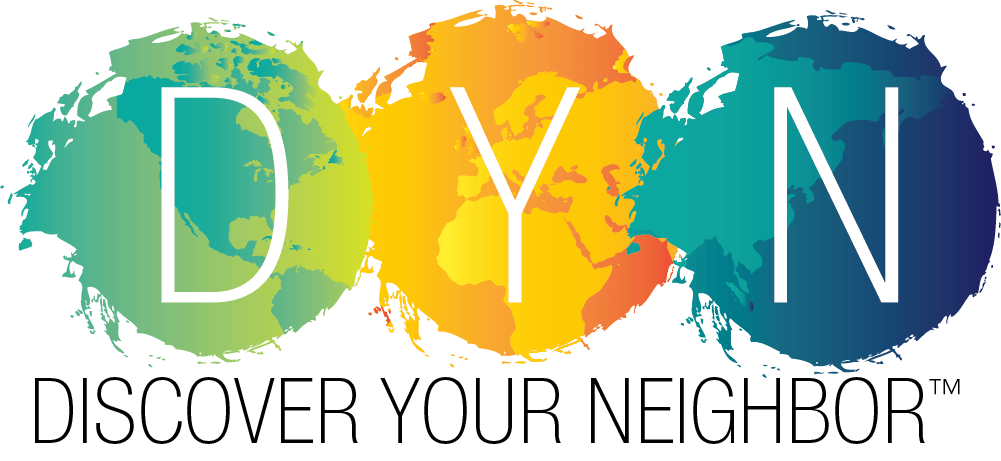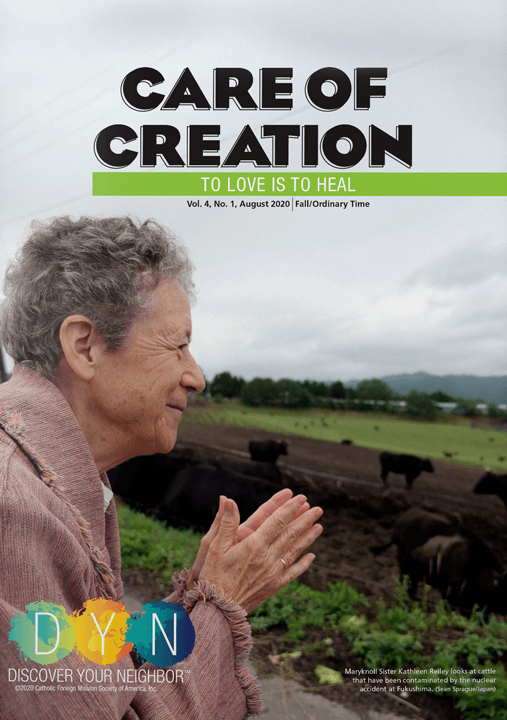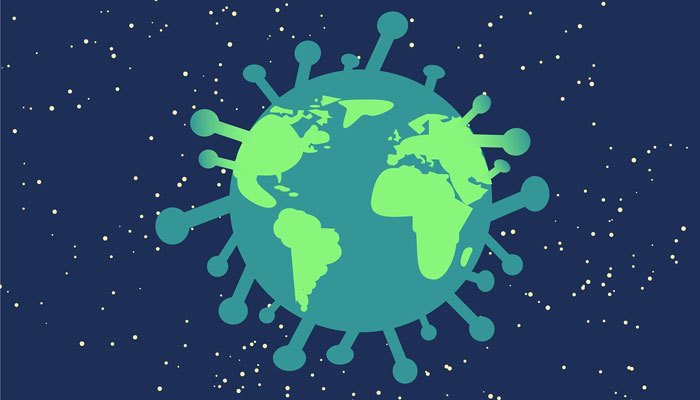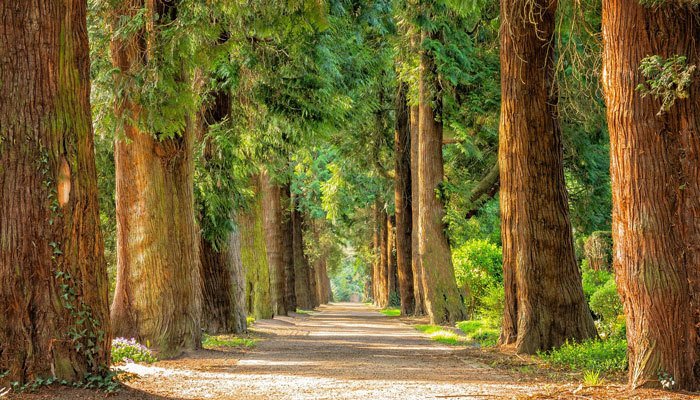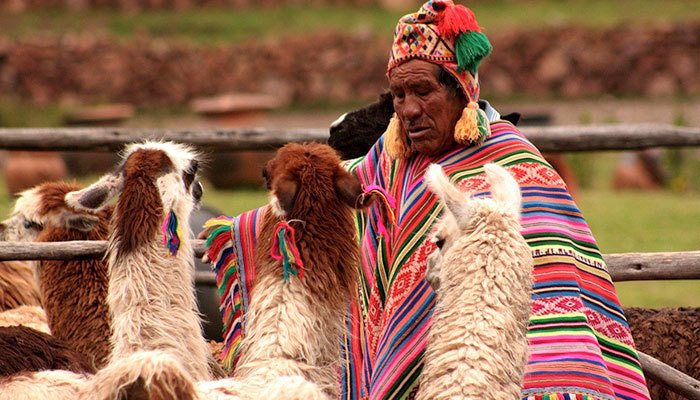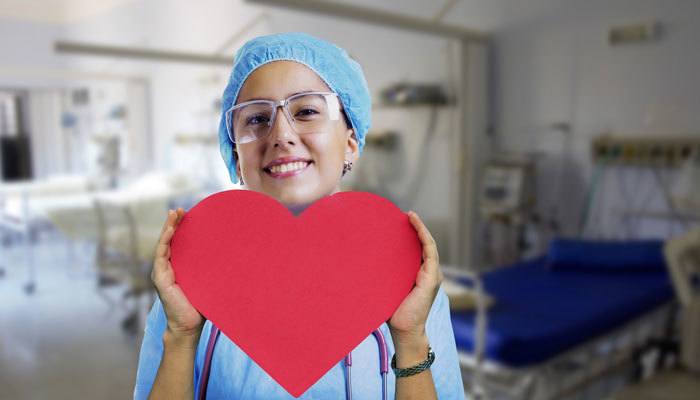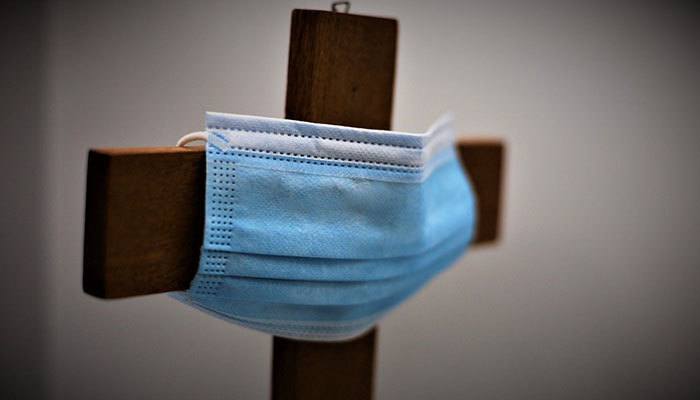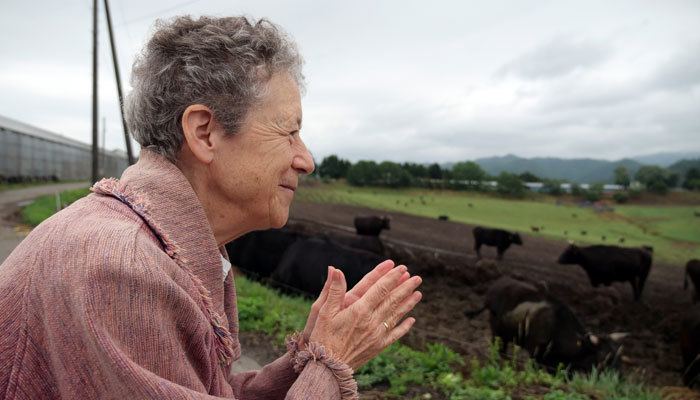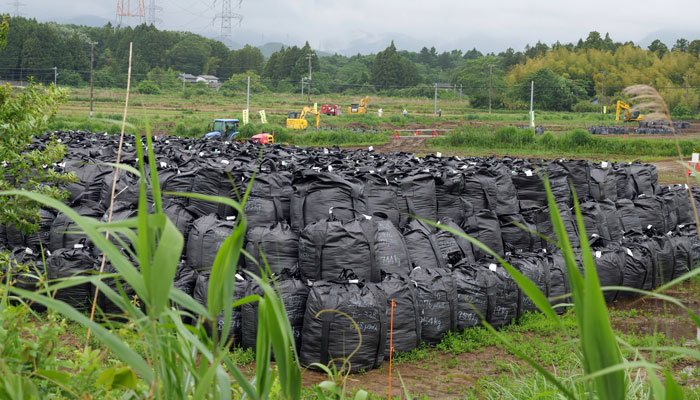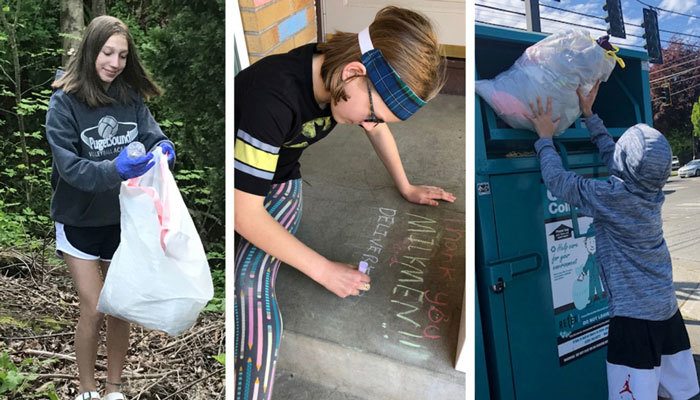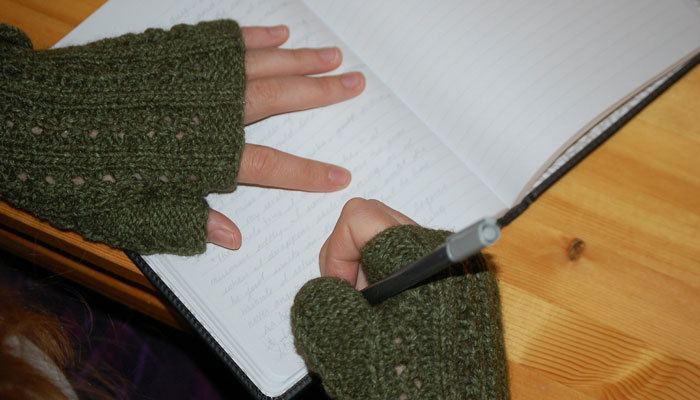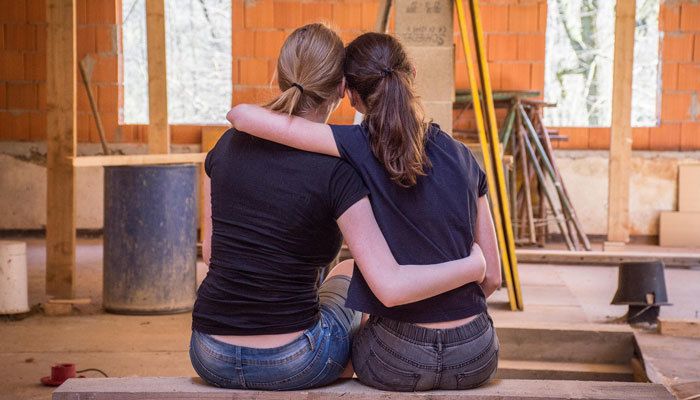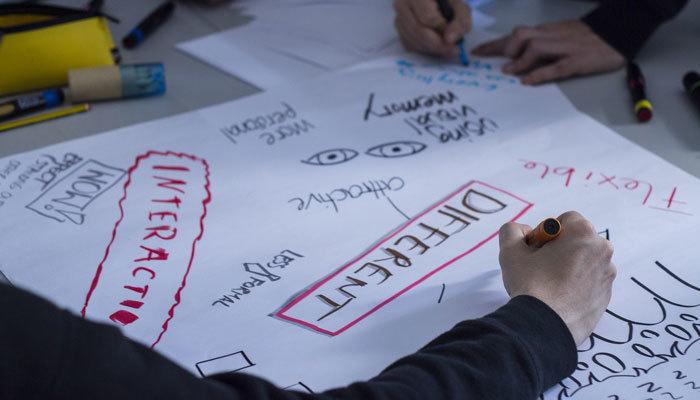Download the:
To Love is to Heal
In this issue we will examine how we impact creation and how creation impacts us. Pope Francis through Laudato Si’ reminds us that we are in relationship with the earth much as we are with our own families.
We examine two traumatic events: COVID-19 and a nuclear accident and their impact both on humans and the environment.
Together we will explore ways that we can heal ourselves, others and the environment through love and action.
Pope Francis reminds us in Laudato Si’ of the importance of healing creation. Our relationship with Creation requires us to heal it, but it can also heal us. When we connect with nature, it can help us heal trauma, grief and sadness.
For this prayer, find a place in nature that you enjoy. If you cannot go outside, listen to the rain, look up at the sky or at a photo. You can find a video with photos on here. Read the words very slowly, pausing after each sentence. Allow yourself to be still and present to God’s creation.
Be still and know that I am God.Be still and know that I am.Be still and know.Be still.Be.
Amen,Prayer by Fr. Richard Rohr
READ ONE OF THE FOLLOWING:
- Old Testament: Sirach 38:1-8
- Life of Jesus: Matthew 4:23-25
- Christian Living: James 5:13-15
In small groups REFLECT on the following questions. What do these Scriptures tell us about God’s love and healing? How can we use that healing love to care for ourselves, others and creation in difficult times? Where do you most want to experience God’s healing love in our world? How can you take part in making this a reality?Use these Scriptures and the prayer to JOURNAL. Consider how the environment and the social crises are interconnected. How does one lead to or spill over into the other? What can someone your age do to bring about healing?
“Trauma is anything that is overwhelming or too much to handle. This COVID-19 pandemic has been overwhelming on a global basis, it has paralyzed the world and caused us to change. Because of what is happening right now, we are all experiencing some sort of trauma,” explains Maryknoll Father Dennis Moorman.
Before COVID-19, Father Dennis traveled around the world as a missionary priest working with people who had experienced trauma in various ways. During days of physical distancing and restricted travel, he now helps people cope with trauma virtually from his home in São Paulo, Brazil.
While in quarantine, Father Dennis’ mother passed away in Indiana. He said, “It was difficult not to be with her or to have family with her when she died.” Like Father Dennis, so many are grieving now. Grief is a way we respond to trauma.
Father Dennis explained,”I have discovered that trauma and spirituality are intertwined. Spirituality is the experience of being connected—to our self, other beings, our physical environment and to God. Staying connected to others and creation helps us feel safe, (but with the COVID-19 virus, it has been difficult because we have had to stay physically distant from one another). When we exercise, meditate or spend time in nature, we are able to connect with our body, which can help us release some of the trauma we may be holding. “In my practice I can never separate the physical from the emotional—or the spiritual. As a witness to the Gospel, I believe that to love is to heal. As Jesus said, ‘Amen, amen, I say to you, whoever believes in me will do the works that I do, and will do greater ones than these…’ “ (John 14:12)
After the earth quaked, the ocean flooded the town with a wall of water causing a nuclear accident in Fukushima, Japan, on March 11, 2011. The nuclear waste poisoned the earth, the farms and the people.Maryknoll Sister Kathleen Reiley, who lives in Japan, has dedicated her life to accompanying children with cancer and bringing awareness against nuclear energy.She tells the story of a farmer who called for an end to nuclear energy because of its harmful impact. One day Sister Kathleen took a visitor to a cow farm. She explained, “The government had asked the farmer to kill the cattle. The milk could not be sold nor could people eat the cows’ meat because the cows were contaminated. The cows were innocent victims of problems caused by human beings. But this wonderful man asked the government to let the cows live a natural life and die a natural death.”The farmer had this message on a sign: “We lived here with no fear of nuclear energy and now we know we lost something that we can never get back and we want people to understand that we have to say goodbye to nuclear energy.”Sister Kathleen and the farmer have chosen to break the chain of destruction that began with the nuclear accident. As missionary disciples, they have dedicated themselves to advocate for change and to care for the children, the animals and the environment in order to create a better tomorrow. We can do the same.
DISCUSS or REFLECT on the following questions: How do these stories illustrate the connection between humans and the earth?
Why is it important to stay connected to one another in times of crisis?
What are some of your favorite ways to stay connected to nature?
EXPRESS your grief and your hope. Both Father Dennis and Sister Kathleen accompany people who have experienced trauma and loss. During COVID-19 we have all experienced some trauma and perhaps loss. It is good to RECOGNIZE what has happened and to DISCUSS it by sharing with a parent, friend or teacher. CONNECT with nature by spending some time walking in a nearby park or in the woods; or with a group of people who support you. Be a PEACEMAKER and do something to bring hope to yourself or others. Plant seeds, write your government representatives about nuclear power, or light a candle to remember what you have lost and what brings you hope.
“We are faced not with two separate crises, one environmental and the other social, but rather with one complex crisis, which is both social and environmental. Strategies for a solution demand an integrated approach to combating poverty, restoring dignity to the excluded, and at the same time protecting nature.” Laudato Si’ 139
